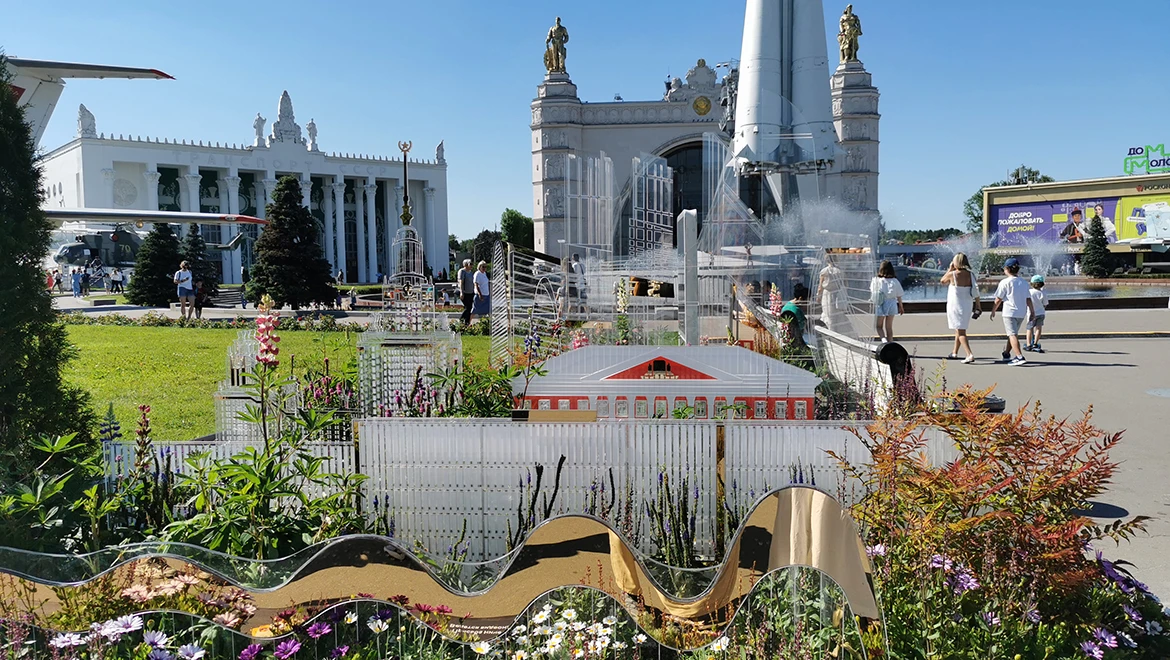Komarov’s lotus. Khabarovsk region
Komarov's
lotus (Nelumbo komarovii Grossh.) is a wild-growing, highly ornamental,
medicinal, food and ritual plant. It is included in the Red Data Books of the
Russian Federation, Khabarovsk, Primorye region, Jewish Autonomous and Amur
regions.
There are
two very close species in Russia: Caspian lotus in the European part and
Komarov's lotus in the Far East. The Far Eastern lotus was described and
singled out as an independent species by Alexander Grossheim in 1940. He named
it in honor of Vladimir Leontievich Komarov, the greatest Russian botanist,
researcher of the flora of the Far East and neighboring countries. As of now,
one of the leading botanists of the region — Doctor of Biological Sciences
Maria Kryukova — has been studying lotus in the Khabarovsk region for more than
30 years.
Lotus in
the Khabarovsk region grows within the Middle Amur lowland in the south, in the
basin of the lower reaches of the Amur River, including the valleys of its
tributaries. It is also protected in the Sheremetevsky Nature Park, Podkovnoye
and Tsvetochnoye lakes, and in the village of Lonchakovo, Bikinsky district.
The end of
July — beginning of August in the Amur region is the time of blossoming of the
most luxurious flower of the Far Eastern water bodies. Lotus is a valuable
recreational and aesthetic resource that attracts tourists and residents of the
region during the blooming period.
A
characteristic feature of lotus in the Far East is its frost resistance. Ussuri
winters are harsh and snowy. Despite this, the plant can winter well in muddy
soil, tolerating both winter freezing and low temperatures.
Lotus as a representative of the oldest flowering plants has scientific value. It is a relict plant of the Gondwanan flora, which existed more than 100 million years ago in the Mesozoic era, the early Cretaceous period. The development of modern vegetation took place during a time of significant changes in topography and climate change. This created prerequisites for the formation of a unique vegetation complex on the territory of Priamurye, where a special place is occupied by relict plants: Komarov's lotus, Brasenia schreberi, Aldrovanda vesiculosa, Actinidia kolomikta, thermophilic forest ferns and others.
Interestingly,
in 1932, lotus seeds were found in a 250-year-old peat layer in China.
Botanists examined them and found them quite viable. After appropriate
treatment, the seeds germinated. Lotus seeds found in a Manchurian peat bog
also managed to germinate - they were over a thousand years old. In 1961 in
Japan, a prehistoric human settlement was found at a depth of about 6 meters,
and three lotus nuts were discovered there. They germinated in the Tokyo
Botanical Garden and the lotus blossomed. The seeds had been in the ground for
5,000 years.
For many
people in the Asian region, the lotus has become an integral part of the
culture. Shrouded in legends, the flower was considered sacred and inviolable.
It was worshipped and carefully guarded, attributing mystical power to it. This
is reflected in drawings on the tombs of pharaohs, on the pages of ancient
writings, in biblical legends. According to religious lore, Buddha sat on its
flower.
However,
the lotus was highly valued not only for its ornamental value, but also as a
food product. The tubers and seeds are edible. The rootstock is eaten raw,
resembling the taste of sweet potatoes and chestnuts, as well as boiled with
rice and sugar, and dried, making flour of excellent quality. Nuts are also
delicious: they are eaten raw, candied, boiled, fried on a roaster, seasoned
with spices and served as a real delicacy.
In
addition, in Tibetan and Chinese medicine, all parts of the lotus have
medicinal value. They were used to prepare 350 kinds of medicines, mainly for
the treatment of nervous and cardiovascular diseases.
Along with the RUSSIA EXPO, the flower festival is also coming to an end.
The "Future in Flowers" festival continues at the RUSSIA EXPO, where unique flowerbeds from all regions of our country can be seen at the "Space" pavilion until July 8.
The RUSSIA EXPO concludes on July 8, and with it, the flower festival will also come to an end.





